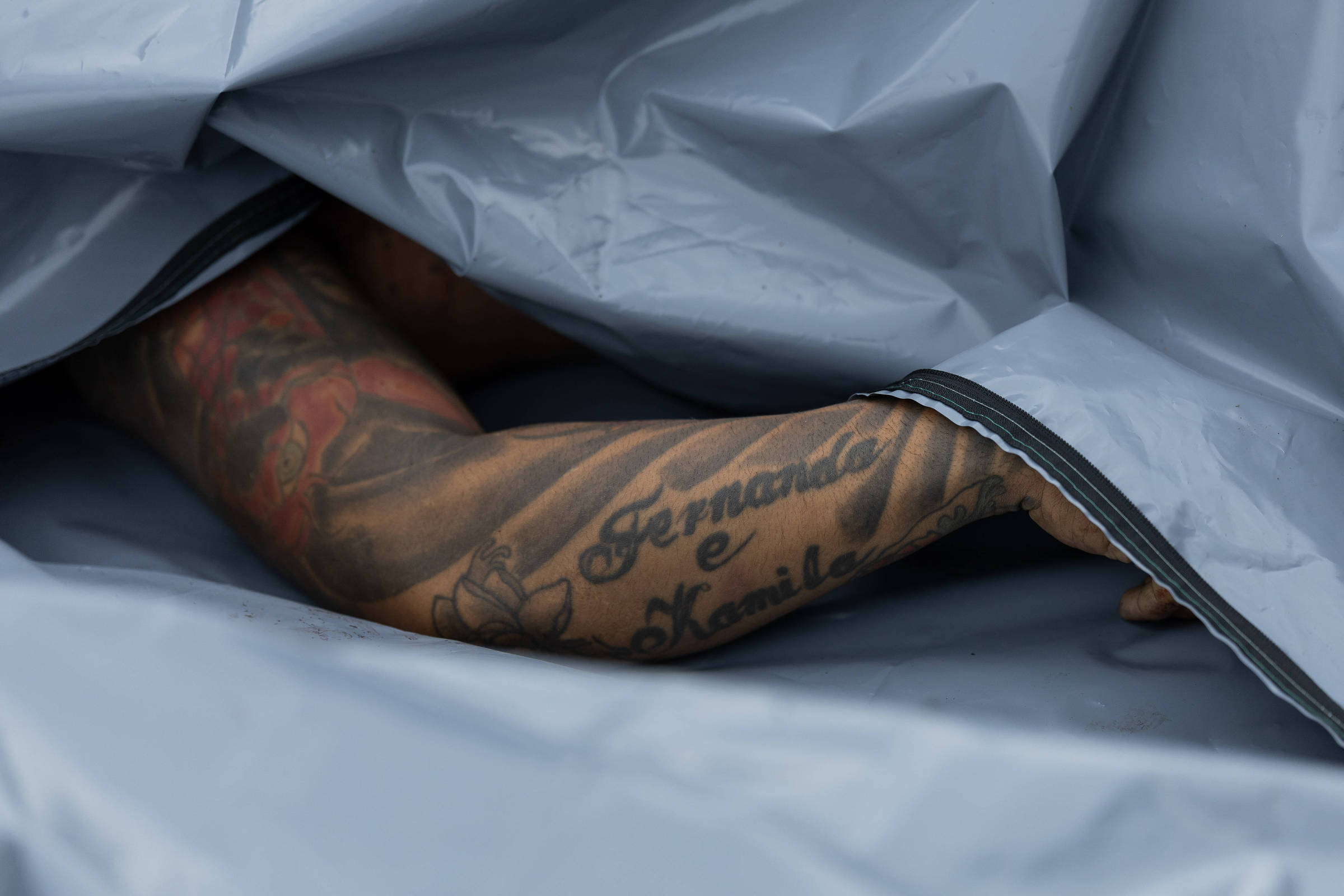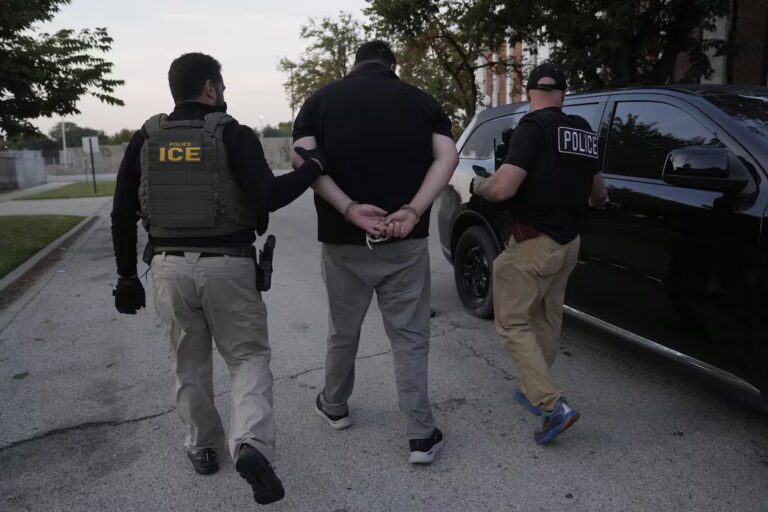
The number of deaths caused by Rio de Janeiro police over a 28-year period represents 15% of all deaths caused by intentional violence in the state over the same period. 25,283 out of a total of 170,338. The survey conducted by sheet We consider the historical series from January 1998 to September 2025 using data from the ISP (Public Security Research Institute).
This year’s data does not yet include the 117 people killed in the deadliest operation on October 28, when 121 people were killed, including four police officers.
Rio de Janeiro currently ranks third in terms of absolute police deaths and seventh in terms of deaths per 100,000 inhabitants. Although police fatality rates have fallen in recent years, experts say Rio is expected to lag behind much smaller states such as Amapá, Sergipe and Mato Grosso, where small changes can have a big impact, when proportional rates are taken into account.
The past decade has been the deadliest in Rio, with 11,550 people killed by agents between 2015 and 2024, or 1,155 people per year.
That number is an order of magnitude higher than the total number of deaths caused by police in the United States, 10,424, during the same period, according to a Washington Post study based on official sources and independent research. The country’s population is 20 times that of Rio de Janeiro state.
“The United States is a very big country, so even compared to this country, which has had a lot of police violence scandals, we have a high number of cases. We Brazilians have learned to normalize this number, but when you say this to a foreigner working in security, everyone is shocked,” said economist Joana Monteiro, FGV professor and security researcher.
According to a Ministry of Justice report, during the same decade, 615 police officers died in conflict situations in Rio de Janeiro, on and off duty. Rio has the third largest population among states, but the largest in the country. São Paulo, which has more than twice the population of Rio de Janeiro, recorded 463 staff deaths during the same period.
According to an annual survey carried out by the FBSP (Brazilian Public Security Forum), Rio police killed 1,814 people in 2019, making the company the most violent company in the country in absolute terms. The state had a death toll of 10 per 100,000 residents, second only to Amapá, which had 121 deaths, making the death toll 14 per 100,000. By comparison, the overall death rate in Brazil was 3 deaths per 100,000 inhabitants, and in São Paulo it was 2 deaths per 100,000.
Due to the escalation of the conflict at the time, ADPF das Favelas (Applications for non-compliance with fundamental norms) was launched in the STF (Supreme Federal Court) in the same year. Since 2020, the Supreme Court has implemented changes to standards and procedures regarding the composition of security forces and the use of police force in Rio’s communities.
In the years that followed, the total number of police deaths in the state decreased, a trend that was partially justified by the ADPF, according to groups such as UFF’s Geni and FBSP.
Governor Claudio Castro’s (PL) government was responsible for three of the four deadliest operations in the capital region since January 2007. In addition to the invasions of the Peña and Alemán complexes on the 28th, Castro headed the government during the massacres in Jacarezinho (2021) and Vila Cruzeiro (2022). These operations resulted in 28 and 23 casualties, respectively.
Human rights groups have classified the operation as a genocide, but the state government denies there were any executions and says the operation was fundamental to weakening Red Army commands in key regions.
In response to STF Minister Alexandre de Moraes, rapporteur of the Favelas ADPF, Castro said that the operation respected the rules established by the court in the matter and was not a normal one, as it was “to confront a highly organized organization with heavy equipment and a history of violent resistance”, stressing that the conflict between the CV and rival factions had triggered an arms race through the acquisition of weapons of war.
For those working in the capital’s deadly favelas, they fear the raids, which killed more police officers than usual, will only lead to more carnage. “If four police officers die and one loses a leg, what’s going to come back?” asks Public Defender Christiane Xavier.
“Because we know that every time a police officer is killed, the revenge is greater and grows exponentially. It is also frightening that the governor continues to announce that there will be 10 more operations and Jacarepagua will be reopened.”
For defenders, the formula used for decades is wrong. “If we don’t create alternatives for our communities, if we don’t re-urbanize, it’s clear that this security project that has been going on the same way for 30 years is not going to have any effect. If we don’t change the ingredients, the cake will always be the same,” he says.
“We have to change our ways, because no matter how much people say (that polls show support for the operation), no one on either side or the other should be happy living in a city where people are intentionally killed. No one wants to live in a city like that.”
It is the same fatigue expressed by former civilian police chief Vinicius George. “In 30 years, we have killed at least 30,000 people, at least 3,000 of our own people have died, and in that time there has been no improvement. On the contrary, if we killed and died and the result was this, we should already be doing well. And we are not doing well. This is a spiral of violence, an arms race. Are we going to stick with this?” he complains.
Although the data available from ISP covers the past 28 years, he said he was confident in the approximate numbers he cited. “To improve, you first have to stop thinking about what went wrong. And what to do is trial and error. It worked, so we keep going. It didn’t go very well, so we improve. It didn’t work, so we change course.”



